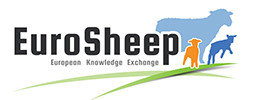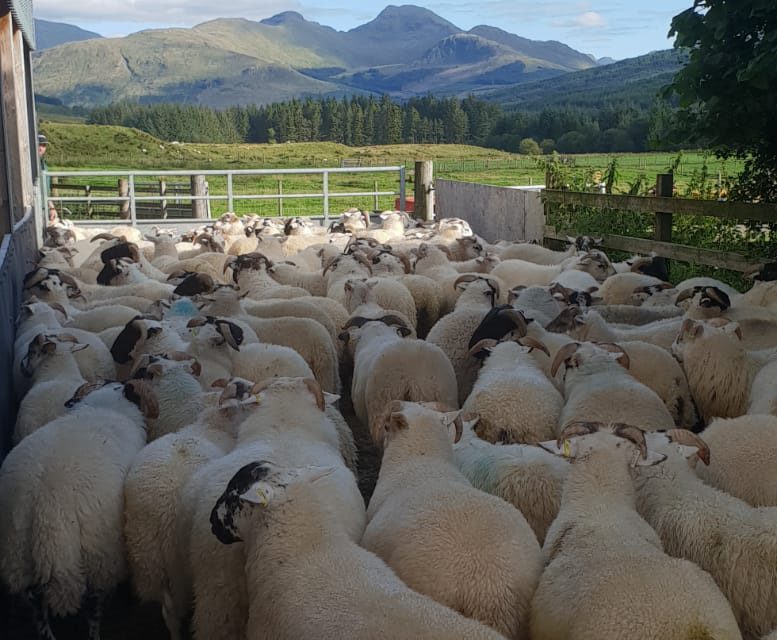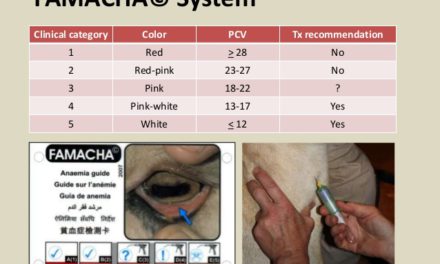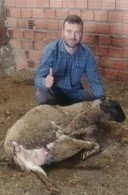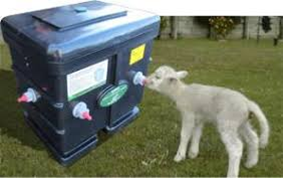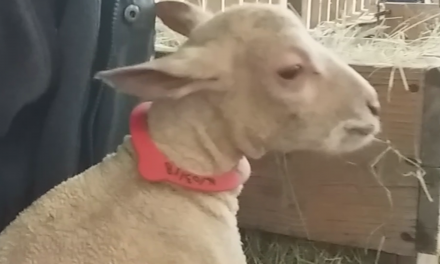This post is also available in:
![]()
![]()
![]()
![]()
![]()
![]()
Use of Targeted Selective Treatment (TST) for ewe lambs
Solution name: Use of Targeted Selective Treatment (TST) for ewe lambs
Aim: To reduce resistance to anthelmintic products
Description:
- The TST approach relies on treating only the animals that need anthelmintic treatment
- An algorithm (“Happy Factor”) calculates the individual animal target weight every month, based on its previous weight and the amount of grass available to eat during that period.
- The treatment of animal is based on the animal reaching its individual target weight or not
Topic: Health
Production: Meat
Animal Category: Lamb / Replacement
Issue: Internal parasitism (ewe & replacements)
Level of Solution: Practical
Country: UK
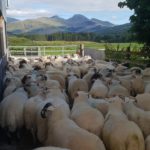
How to implement
At handling time, the animal’s weight is compared to its calculated target weight.
• If its weight is more than its target weight, the animal does not get treated
• If its weight is less than its target weight, the animal gets treatment
The treated animal also gets a dose adjusted to its weight (small lamb = small dose, big lamb = full dose).
Expected benefits
- The animal growth is not compromised by the lack of treatment
- The resistance to anthelmintic treatment is slowed down
- The amount of product used
- Time spent treating the animals can be reduced by up to 40%
Cost Benefit analysis
This solution reduces the use (and therefore costs) of anthelmintics treatments of lambs and young replacement, without compromising on their growth. It also drastically reduces on-farm labour. It requires a weigh crate with an EID panel reader and farm management software.
Sustainability analysis
This solution decreases the use of anthelmintic treatment and products, and only target the animals that do not cope with worm infection. It reduces the dejection of resistant worms on pastures, the leaching of anthelmintic treatments in the soil. Less product is used, so fewer plastic bottles to dispose of. It increases grazing efficiency as the approach requires the farmer to measure grass production regularly, thus informing on grass availability. It does not compromise lamb growth.
The solution reduces resistance to anthelmintic products, reduces farm labour, as there are less animals to treat, it improves animal welfare by only targeting animal that needs treatment, it improves farmer’s image by reducing potential leaching of medicine in the environment, and improve the environment (better for the microbiofauna).
Prerequisites and/or limits
• The grass availability needs to be measured regularly
• The lambs’ weights need to be sent to colleagues at Moredun to obtain the target weights, but once the TST farmer-friendly platform is fully developed, the algorithm will be directly accessible to farmers.
Information Sources / Useful links
Worming lambs based on lamb growth rate – Targeted Selective Treatment – YouTube)
https://www.youtube.com/watch?v=Zm41iJA1hrw&list=PLVdYIkNPNi-yufC47pTfuHtoQE2HzmJxw
